Duyệt qua nhiều lựa chọn. hàng rào vật nuôi trong nhà có sẵn ở các màu sắc, kích thước và mẫu khác nhau trên Alibaba.com. Một tủ quần áo cần phải có trong cả mùa hè và mùa đông ,. hàng rào vật nuôi trong nhà giúp bạn trông giản dị nhưng sang trọng, cho dù được sử dụng làm kính râm hay cho một dáng thể thao. Được làm bằng những loại vải chất lượng tốt nhất, những. hàng rào vật nuôi trong nhà bền và lâu dài.
hàng rào vật nuôi trong nhà lý tưởng cho bất kỳ dịp nào, có thể là phiêu lưu, chạy bộ, chạy nhanh đến cửa hàng hoặc một bữa tiệc với bạn bè. Được cung cấp theo nhiều phong cách trên Alibaba.com ,. hàng rào vật nuôi trong nhà có thể có khóa kéo, dây rút có thể điều chỉnh, vải không thấm nước và nhiều tính năng độc đáo khác để làm tăng thêm vẻ ngoài của bạn .. hàng rào vật nuôi trong nhà có sẵn trong các loại vải thoáng khí và đảm bảo không bị co rút hoặc chảy máu.
hàng rào vật nuôi trong nhà cũng có thể là một cách thú vị và kỳ quặc để thể hiện cá tính và sở thích của bạn, với các bản in đồ họa khác nhau, từ phim hoạt hình và trò chơi yêu thích của bạn đến chương trình truyền hình và ban nhạc. Có sẵn từ nhiều thương hiệu hàng đầu, những. hàng rào vật nuôi trong nhà chắc chắn sẽ khiến bạn trở nên nổi bật với tư cách là người đi trước. Bạn cũng có thể tìm thấy các phong cách tinh vi với các màu đồng nhất, được thiết kế để có một cái nhìn trang nhã và trang nhã hơn. Ghép nối chúng. hàng rào vật nuôi trong nhà với quần jean, áo nhung hoặc quần short để có vẻ ngoài dễ dàng và hợp thời trang nhất.
Tại Alibaba.com, bạn chắc chắn sẽ thấy không thể cưỡng lại được. hàng rào vật nuôi trong nhà cám dỗ bạn mua nhiều món đồ và xây dựng một tủ quần áo hiện đại để sánh ngang với bất kỳ người có ảnh hưởng nào. Mua sắm ngay bây giờ để nhận được những ưu đãi tốt nhất về các thiết kế có thương hiệu, chất lượng cao do các nhà sản xuất và nhà cung cấp hàng đầu cung cấp, cập nhật các xu hướng mới nhất. Hãy yên tâm về mức giá chưa từng có và nhận được lợi nhuận lớn nhất cho số tiền của bạn.





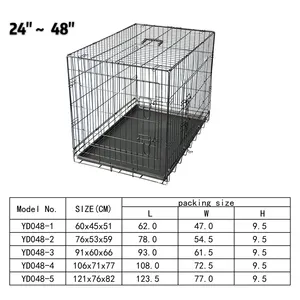



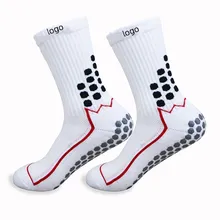



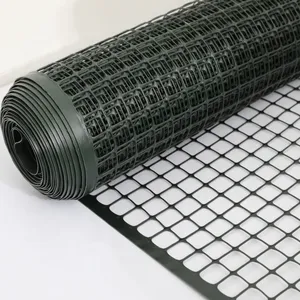





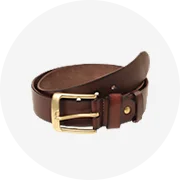


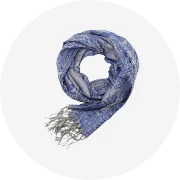
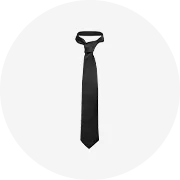
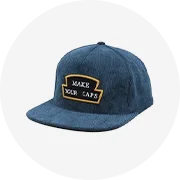
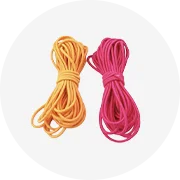

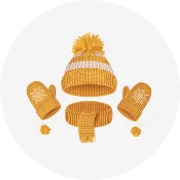
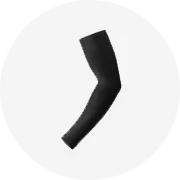














 浙公网安备 33010002000092号
浙公网安备 33010002000092号 浙B2-20120091-4
浙B2-20120091-4